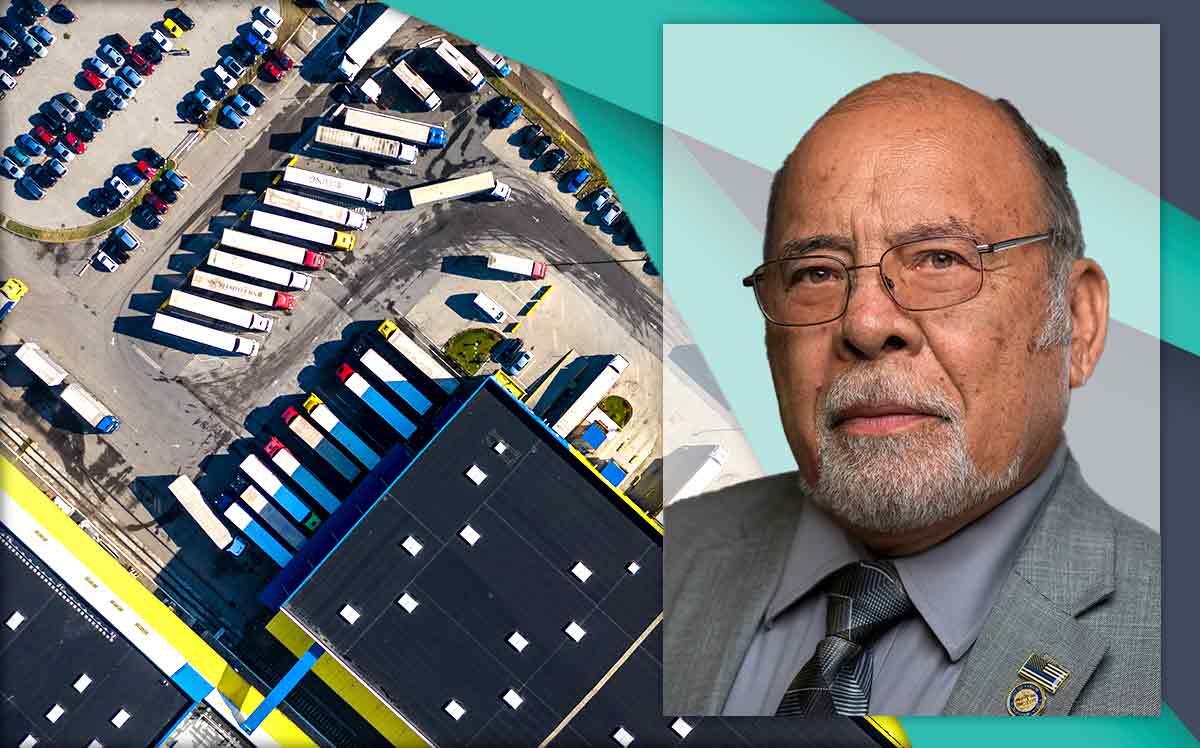The City of Colton has hit triple-pause on its moratorium against building distribution warehouses.
The Inland Empire city has extended its moratorium for the third time while it studies the adverse impact of such warehouses on the community, the San Bernardino Sun reported. The ban, first enacted in May 2021, is now set to expire May 3, 2023.
The city is concerned about the impacts of a proliferation of new warehouses on its land use and zoning, diesel truck traffic and the health of its 54,000 residents.
Since calling for a warehouse respite a year ago, city staffers and council members have analyzed existing regulations, while researching the harmful impacts that warehouses, distribution centers and truck storage facilities can have on neighborhoods.
And yet, after 12 months of study, “the conditions which necessitated adoption of the Moratorium continue to exist at the present time,” city staffers wrote in their report.
Three warehouse projects with applications accepted before Colton established its initial 45-day moratorium will continue as planned. They include a 960,000-square-foot Barton Road Logistics Center, an 882,000-square-foot Agua Mansa Logistics Center and a much smaller building on South La Cadena Drive.
With cheap, flat available land, a blue-collar workforce and easy access to interstates and rail lines to the ports of Los Angeles and Long Beach, the Inland Empire has become America’s warehouse – boosted by soaring demand for e-commerce goods.
Last year, Riverside and San Bernardino counties ranked third in the nation for large warehouse leases.
Between 2004 and 2020, Inland Empire warehouse space doubled to 600 million square feet, the Press-Enterprise reported.
The number of warehouses in San Bernardino County alone – including the city of Colton – increased to 2,998 in 2021, from 203 in 1990, according to an environmental conservancy at Pitzer College in Claremont.
But while the coronavirus pandemic boosted e-commerce growth and demand for instant delivery, such warehouses face growing opposition from residents worried about air pollution, noise and traffic from diesel trucks.
In March, residents in Ontario battling a plan to rezone 220 acres of farmland for industrial use called for a similar moratorium.
Riverside implemented a temporary ban in March 2020, and Jurupa Valley did the same less than a year later. Twice in that time San Bernardino has weighed the pros and cons of establishing a moratorium on new warehouses, and twice the vote has failed.
Earlier this year, the Redlands Planning Commission recommended the City Council hit pause, though the proposal has not yet been brought forward.
Nevertheless, in Colton, certain code amendments, policy initiatives and focused studies have gained traction.
The city is looking at whether to amend zoning to reduce the size of warehouses permitted in the industrial park zone; limit hours of operation within 800 feet of a residential zone; place buildings 1,000 feet from the property lines of a sensitive use; and require the preparation of a health risk assessment for facilities that generate more than 150 truck trips per day.
[San Bernardino Sun] – Dana Bartholomew
Read more


